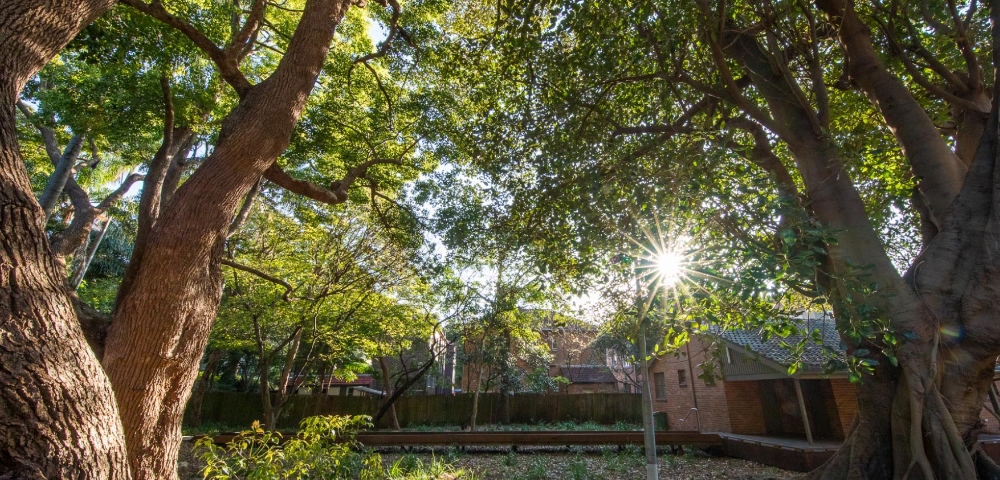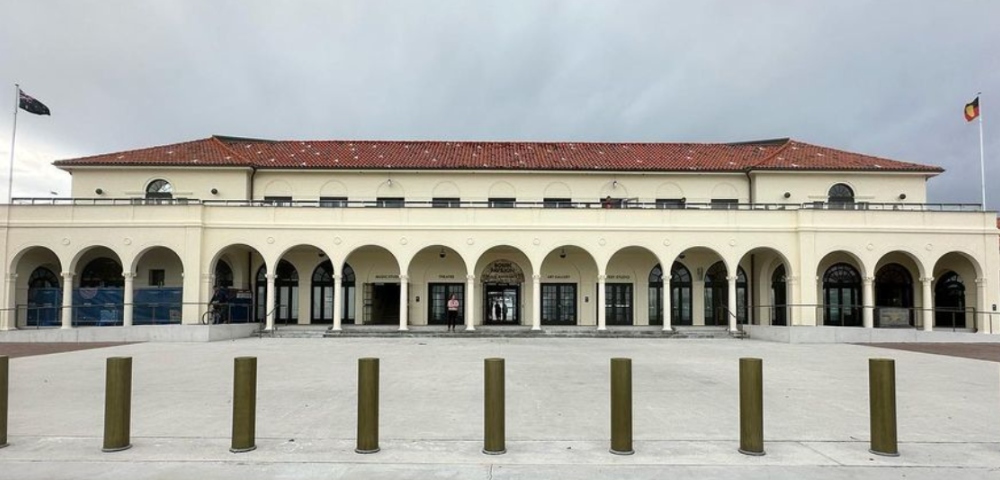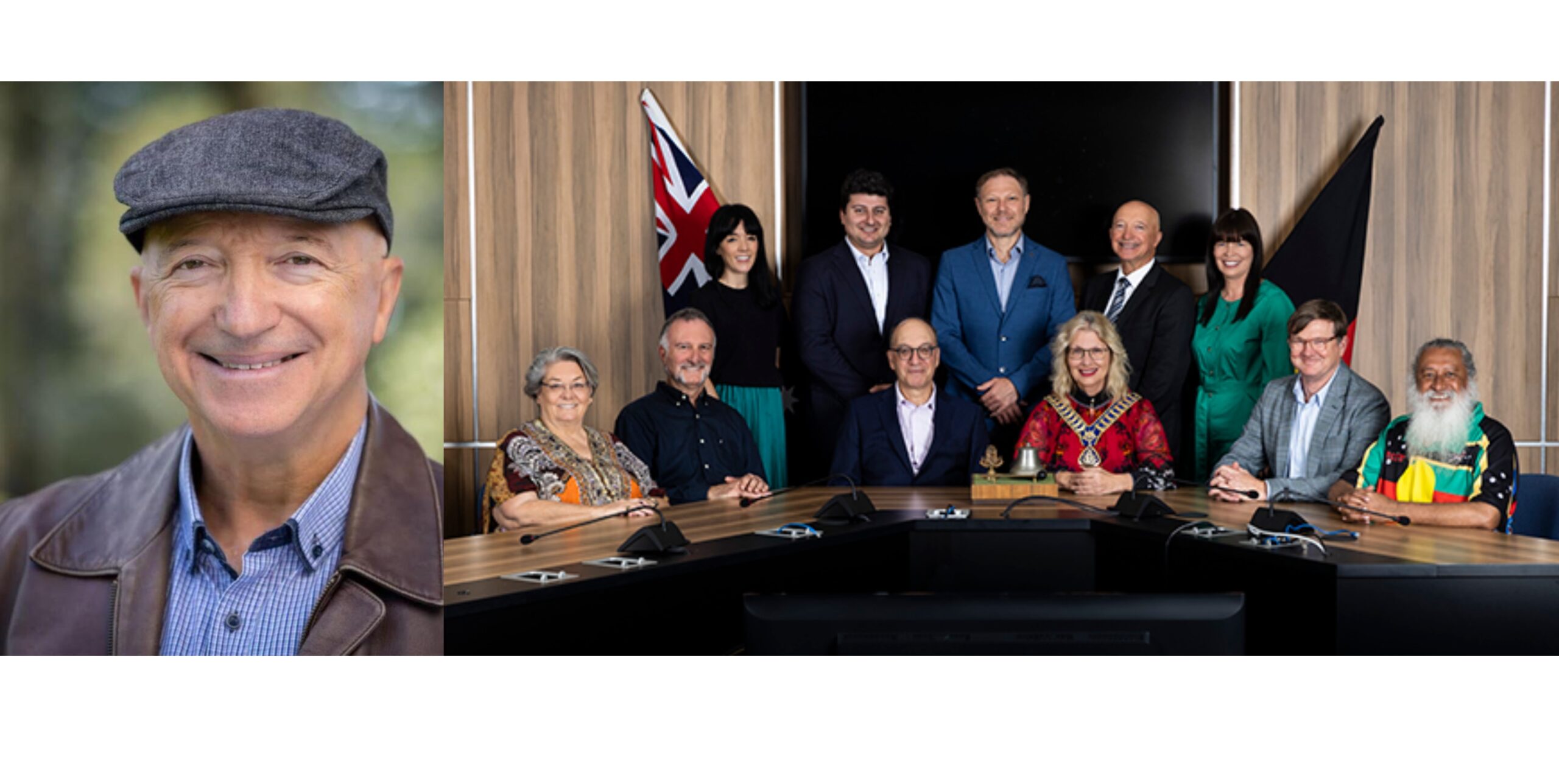
Waverley Council divided over amalgamations

By Jessica Yun
Waverley Mayor Sally Betts has sparked controversy within council over her response to the NSW Government’s planned local government reform, including council amalgamations.
The reform, called Fit For Future, encourages councils to consider voluntary amalgamations with neighbouring councils.
A council report outlining the Mayor’s position reads:
“Council’s stated position has been one of support for local government reform but is not supportive of the proposition for Waverley becoming part of the “global city” with City of Sydney.”
“Instead, the investigation of the possibility for merging with neighbouring councils Woollahra and Randwick is preferred provided benefits for the community can be demonstrated.”
While Mayor Betts believes most local governments – including Waverley Council – prefer no amalgamation at all, it may be the case that the NSW Government will push local councils to amalgamate regardless. If this is the case, councils will need to be prepared.
According to the Mayor, Waverley is financially capable of remaining independent, but is open to exploring possibilities of amalgamation provided there are proven benefits for the community.
“We’re quite confident that as a council we are sustainable to the future,” said Mayor Betts.
“We could and should only support amalgamation if it benefits the community with improved services and residents agree to any structural reforms. This would need to be the essential criteria for the community and council,” she said.
However, Labor councillor Ingrid Strewe said the statement in the report suggested a preference that was not consistent with the view held by council.
“The Mayor’s position seems to be a preference for a local eastern beaches amalgamation, but that is for personal political reasons and is not council’s position.”
After Cr Strewe realised the report stated a preference for amalgamation, she unsuccessfully moved to rescind the motion, which was voted down by all the Liberal councillors.
“I noticed that the General Manager’s report said we (council) preferred amalgamation with Randwick and Woollahra. That’s not the case; we’ve never have a stated position on preferring amalgamation with anyone.”
“Because the Mayor knows the State wants amalgamations, she wants to get the best amalgamation for herself.”
Labor candidate for Coogee Paul Pearce also weighed in on the discussion, claiming the Mayor’s attempt to promote amalgamations was underhanded.
Mr Pearce encouraged Mayor Betts to “come clean” about any negotiations made between herself and Liberal Randwick Mayor Ted Seng.
“It is very clear from the nature of the claims being made by Waverley Mayor, Sally Betts, that there have been significant discussions between the two Liberal Mayors notwithstanding (that) the adopted position of Randwick Council is ‘no amalgamation’ and Waverley has has not formally adopted a position.”
Mayor Betts said she was surprised at Cr Strewe’s attempt to rescind the motion.
“The rescission was trying to change the report … and you can’t do that.”
Mayor Betts said the General Manager wrote the report and the issue should have been taken up with him. Nonetheless, it was not legally possible to change a report, she said.
“You cannot have a rescission to change what the General Manager wrote . They should know that.”
Cr Strewe said the rescission motion was to rescind the report completely in order to withdraw and amend the ‘preference’ for local amalgamation.
Independent councillor Guttman-Jones voted alongside Labor on several accounts, but suspects Labor’s attempted rescission motion belies a political motive.
“Labor knew that they would not have the numbers to get the rescission motion passed.”
“Their main aim is try and make the Mayor, Sally Betts, look bad. That has been the way they’ve been operating for the last two years,” she said.
Cr Guttman-Jones’ personally prefers no amalgamation but understands “it could be that the State government will legislate that amalgamation will be compulsory.”
For resident Kimberley Croft, amalgamation with inner city councils may in fact simplify matters for cyclists in the Waverley municipality.
“I think, especially in a metropolitan area, there are far too many councils. That can cause a lot of difficulties especially in road-planning, and in particular cycling infrastructure,” said Ms Croft.
On Ms Croft’s commute from her home to the city, she crosses three council areas in a 7.5km trip.
“Finding out who is responsible for different parts of the road – sometimes it’s the RTA, sometimes it’s Waverley Council, sometimes it’s Woollahra Council, sometimes it’s the City of Sydney. It’s quite difficult to get any kind of straight answer.
One concern with larger councils is that councillors will be responsible for more people and areas they may be unfamiliar with.
“The further the decision-maker is away from the area of which they’re making decisions on, there’s potential for making decisions that are going to affect residents in a negative way.”









